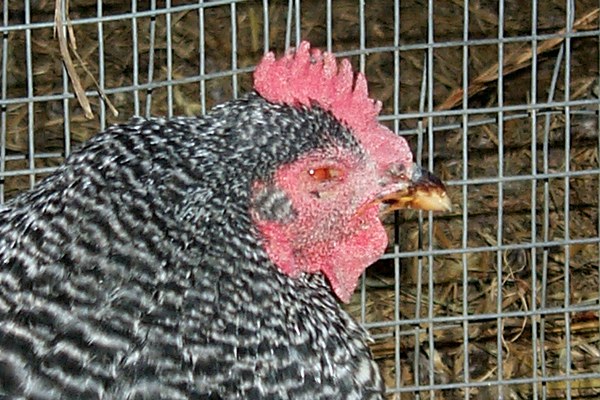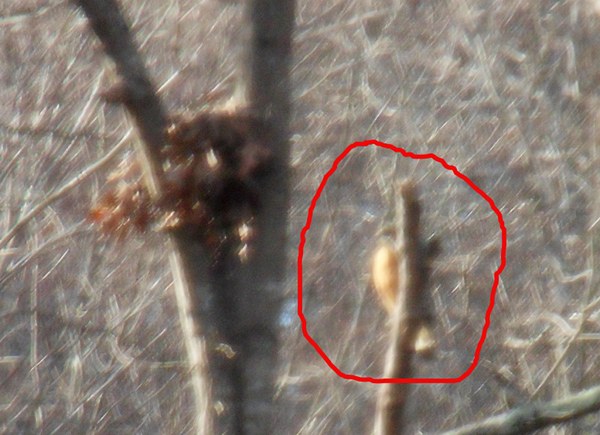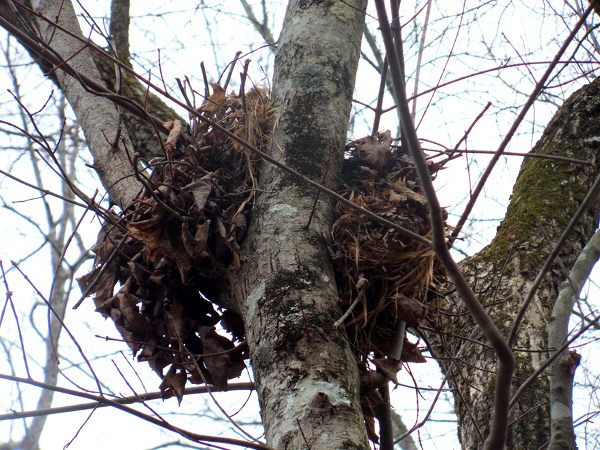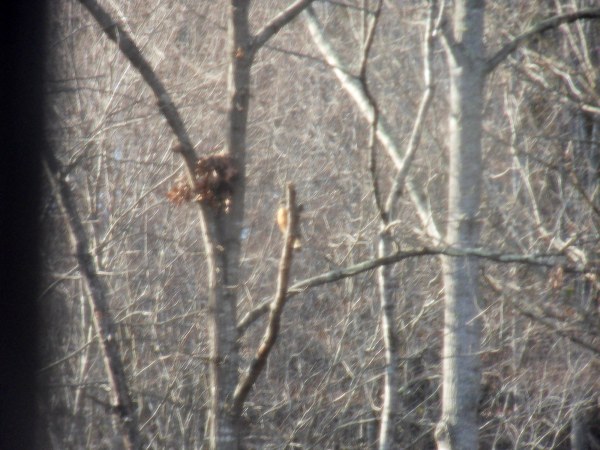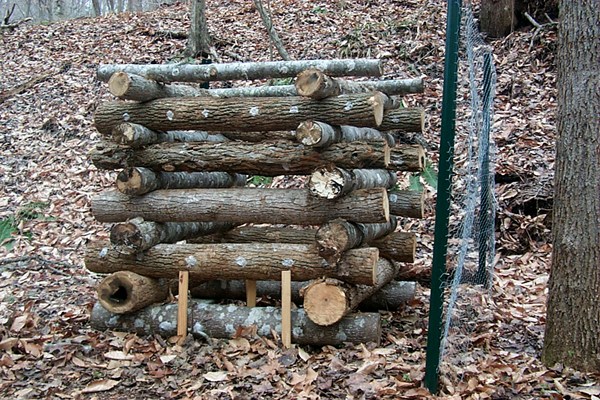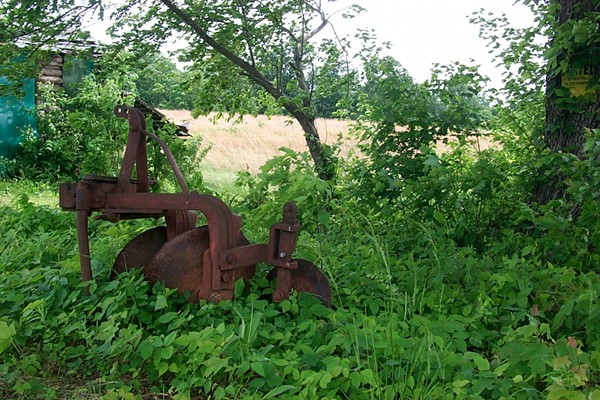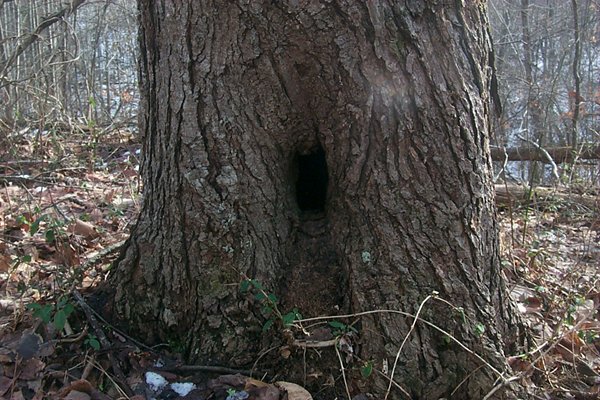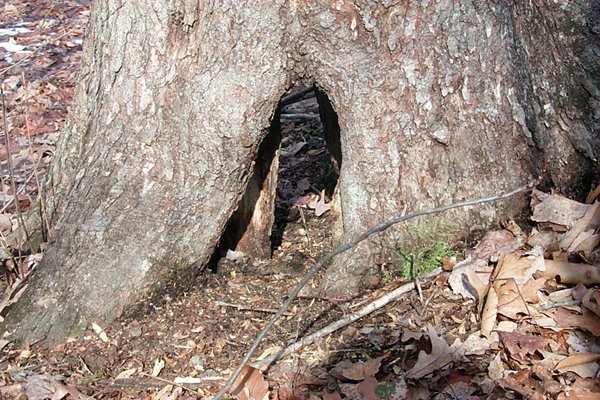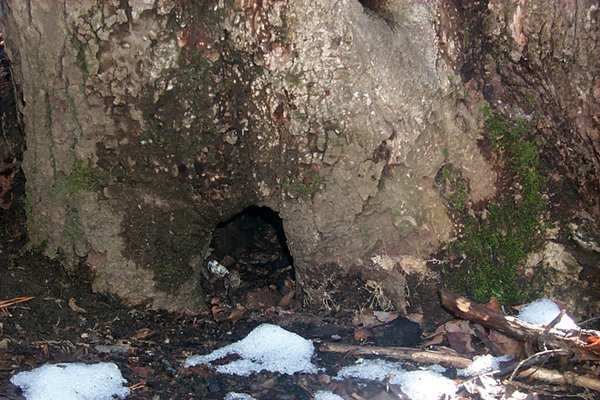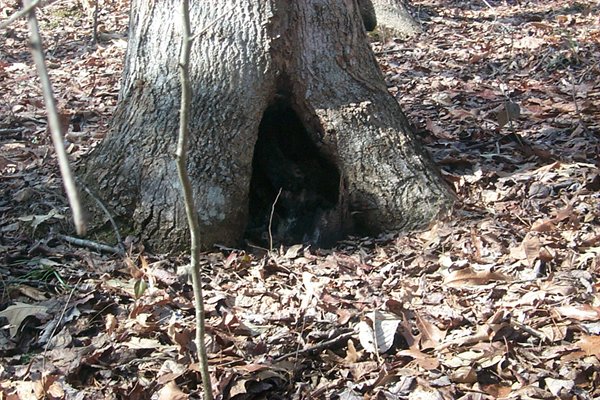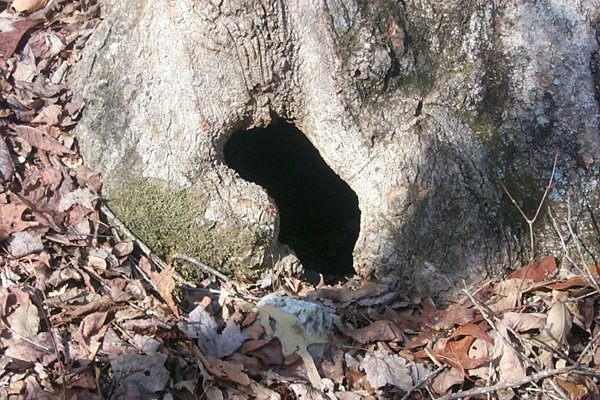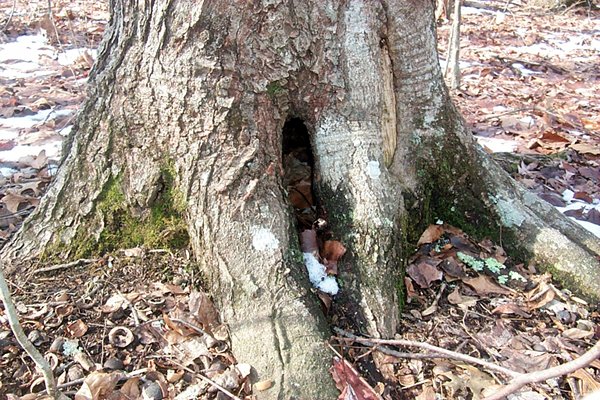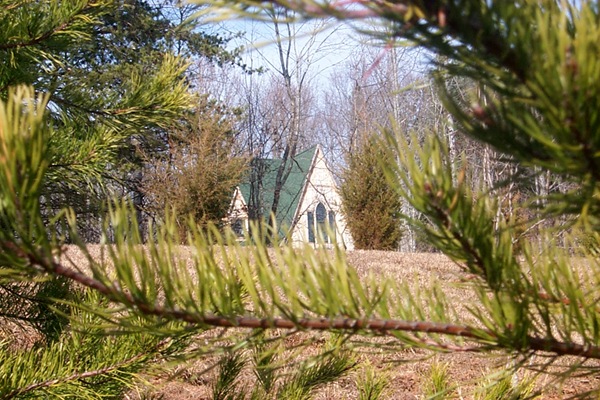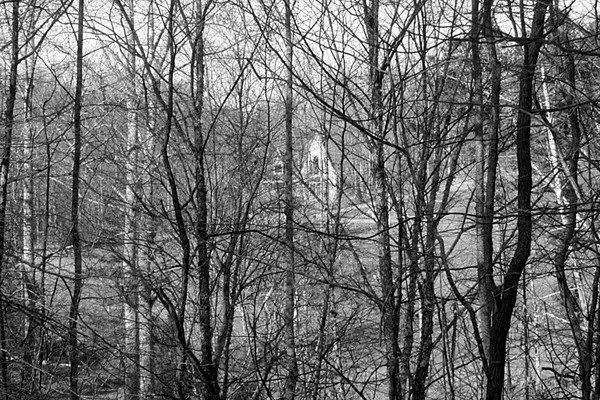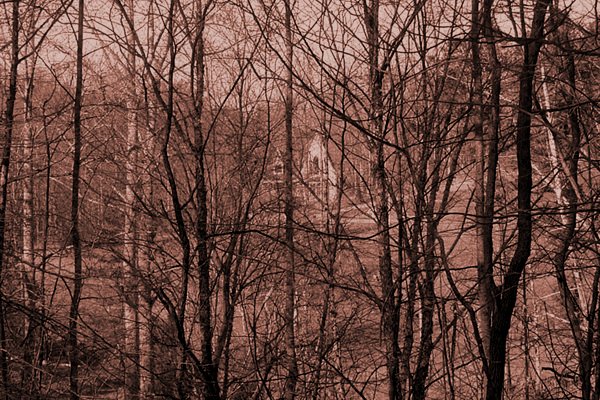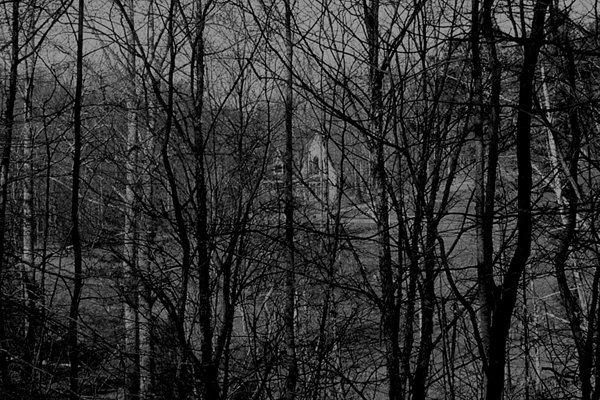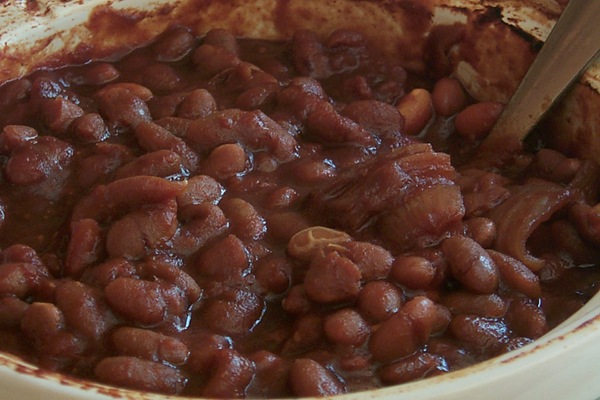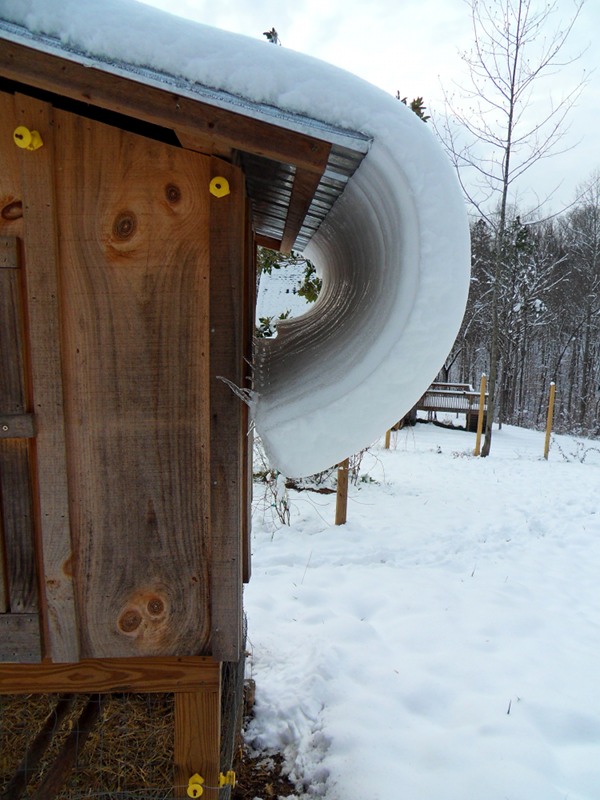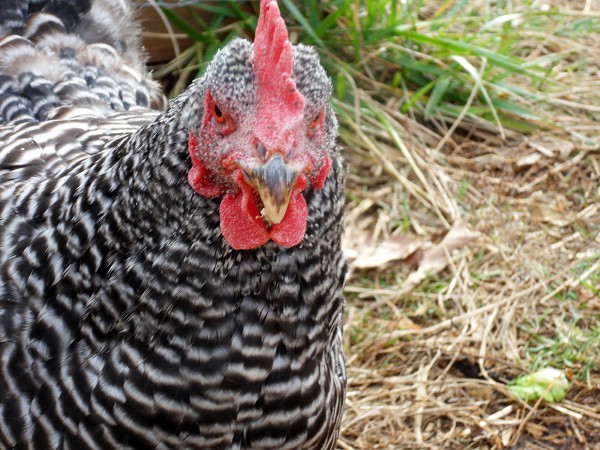
By Ken Ilgunas
I was sprinting toward the fence gate. With arms pumping, eyes bulged, and teeth clenched, I flung one foot forward after another—my shoeless soles making soft thuds in the grass as the wind swept my hair back, revealing my otherwise cleverly-hidden and regretfully-high hairline. “NOOOOOO!” I bellowed. “THE CHICKENS!”
It was a clear, brisk afternoon. Moments before, I had been standing on David’s porch, looking out at the garden while talking with my father on the phone.
As I watched a shadow move across the yard, I couldn’t help but tune my father out. The shadow, at first, was small—maybe the width of a mason jar. But as it approached the garden fence, it got bigger and bigger—like a the shadow of a UFO descending to earth, ready to collect samples for examination, experimentation, and an obligatory probing.
The shadow—moving at lightning speed—advanced toward our three chickens who were close together—as they always are—innocently scratching and pecking the ground near one of the apple trees. That’s when I saw the shadow’s source. It was a hawk, mottled black and gray with wings outstretched, exposing a bone-white underside. It lowered its claws like airplane wheels and aimed its beak at Chastity, one of our two dark chickens.
The hawk clenched its claws into the Chastity’s back, and began flapping its freakishly large wings in hopes of carrying his meal to a more appropriate venue.
The chickens have almost no way to defend themselves against a bird of that size. They can’t fly very far, their beaks are too small to fight back, and the coop—their only recourse to shelter—was too far way. Our chickens, though, have one thing going for them: they are—and I don’t know how to put this lightly—fat. I wouldn’t go as far to call them “obese,” because obesity suggests poor health when our chickens, thankfully, are as healthy as can be. But they are, nonetheless, fat. And I don’t say that disparagingly. If I was a rooster ambling through the property, I’d likely be unable to continue on without pausing to admire their plump, healthy, feminine curves, before communicating my ardor to them with flagrantly obscene roadside catcalls.
The hawk raised Chastity’s body only about a foot into the air before they both came crashing down to earth.
It was at this point that I screamed, “No! The chickens!” I dropped the phone and ran to the fence where I hoped to put on a display of acrobatic martial arts maneuvers that—because I’d seen so many kung fu movies in my childhood—I figured were second-nature to me by now.
What was my poor father thinking? “No! The chickens!” was the last thing he’d heard before I dropped the phone onto the deck’s wood planks and took off running. Perhaps he was left shuddering in horror as he imagined his firstborn begin pecked to death by a flock of ravenous chickens. He’d picture me like a man covered in feathered flames, stumbling drunkenly as 20 of them clutched my every morsel of flesh.
But it need not be said that I was running and panting and girlishly screaming to save the chickens.
It might seem odd for a man to get so worked up about an animal that people eat every day, especially an animal that everyone knows has no personality, an animal that is perceived to be clone-like and characterless.
Meat becomes easy to swallow when we think of animals more like thoughtless robots, and less like sentient beings like ourselves. So who cares if a chicken—that’s eaten by millions of people every day—becomes hawk food?
I never thought I’d say this, but I adore chickens. Well, I adore at least three chickens.
Whenever I walk into the fenced enclosure where the chickens roam free, the three of them (who I call “the girls”) will come rushing down the hill—running like diapered toddlers on wobbly legs—to greet me like puppies. They’ll surround me, and look up into my eyes, as I lavish their feathers with compliments. At night, when I go to lock them up in their coop, I can hear them all cooing at the same time—a communal loquacity that brings to mind a circle of grandmothers with balls of yarn in their laps who talk purely for the joy of talking, unconcerned with whether or not anyone’s really listening.
Much to my surprise, I’ve learned that each of “the girls” is by no means a “clone”; they each have their own distinctive personality.
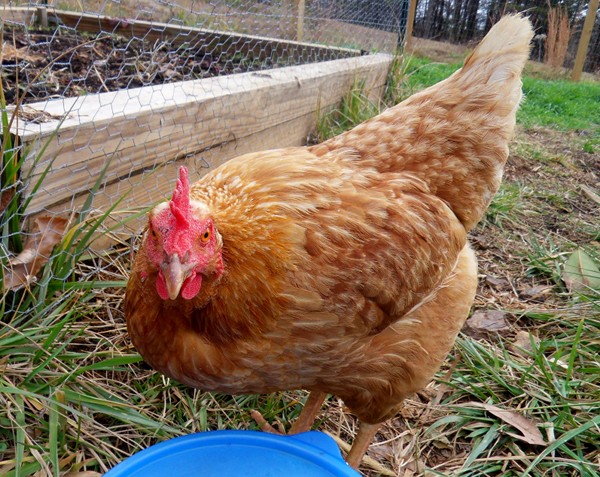
Ruth
Ruth—the red chicken—is easily the dimmest of the three. In her wide blank eyes, you can see a mind that is ripe for conversion. Because she cannot think for herself, she can be swayed to the dark side, as well as the good. Her morality depends entirely on whatever the dominant ideology of the group is. Ironically, despite her dimwittedness, she also exhibits the most curiosity of the three. Every morning last summer—when I had to forcefully remove Patience from her nest (because Patience was in some weird and unhealthy nesting mode)—Ruth would always stop what she was doing to come up and watch as I pushed her broody friend out of the coop. During that time, Ruth used to reign supreme at the top of the pecking order when they all lived in the coop, constantly tormenting those bold enough to eat before her with sharp pecks to the neck. The two darker chickens, however, have benefited more than Ruth has from grazing in the yard, and they—with due justice—have since pushed Ruth down to the bottom of the order. Ruth—desperate to dominate somebody—began pecking our feet, but with a couple of artfully placed kicks to her rear, we’ve avoided succumbing to the tyranny of ruthless Ruth.
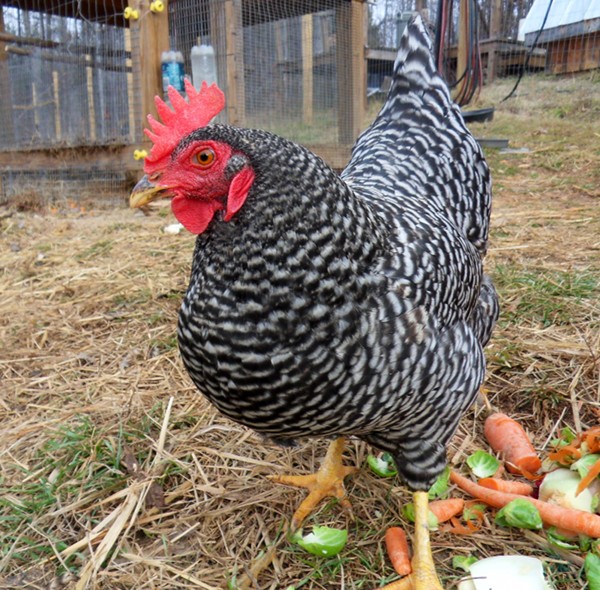
Patience
Patience—the plumpest of the three—is like the crazy gay aunt of the family. You know the aunt—the one who has a mysterious personal life about which no one in the family knows anything, except that she has eccentric hobbies like skydiving and some weird new Asian religion. You love it when she shows up for family gatherings, only because you have no idea what to expect when she’s around. The more conservative members of the family write her off as insane, but only because they feel threatened by some faint hint of brilliance in her eccentricity. Patience is constantly making strange noises, and flapping her wings at all times of the day. As mentioned above, she spent the whole summer sitting on her nest for no useful reason. Patience is my favorite and the most dog-like of the group, loyally following me around during my rounds in the yard. She’s taken a special liking to me, which is especially evident when she turns her back and squats in front of me, as willing hens are wont to do in front of courting roosters. Of course I haven’t taken her up on the offer, but I’m always flattered nonetheless.
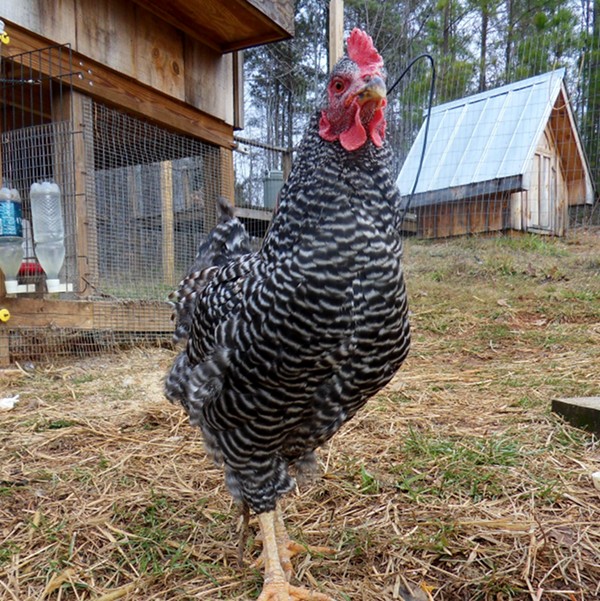
Chastity
Chastity—the dark chicken who was targeted by the hawk—is the most stoic and matronly of the bunch. While Ruth’s eyes sometimes appear cold and reptilian, Chastity’s are human-like, sometimes even sagely. She carries herself with more awareness and self-composure than the others, rarely permitting herself to become involved in petty, pecking-order politics—not because of highbrowed haughtiness, but because she is unconcerned with the trivialities of the present. She seems to have been blessed with an empathy that comes from living close to nature and her kind, but also a wisdom—bestowed to her by noble blood—that allows her to “remove” herself from the limits of the physical world and to shift her thoughts to a higher plane. From this vantage point, she can see how she fits into the larger scheme of things. Chastity is both smarter and stronger than Ruth and Patience, and while some chickens would use this power for personal gain, or to revel in the perverse glee of subjugating others, Chastity, rather, sees her role—not as an “opportunity”—but a duty to care for those weaker than she—a duty that she is—by honor—obligated to accept.
* * *
My Chastity. My dear Chastity. I saw her flipped upside down in the air with wings flailing, now headed to the ground headfirst. The hawk—unable to pick her up—had his claws planted on the ground now, figuring he’d devour Chastity on the spot. He snapped his beak at the heap of feathers until he became aware of the moaning apelike figure that ran after it with beak-dropping haste. The hawk left Chastity on the ground, took off for the trees, sat on a limb, and looked down on its kill, eager for the chance to strike again. Chastity was lying down and motionless, huddled with the other two chickens.
I was devastated. David, at the time, was in Winston-Salem shopping for groceries. I knew it would break his heart when I had to tell him that one of his chickens had been killed.
I wanted revenge.
I could still see the hawk, brazenly perched above. David has a pellet gun, I remembered. That would do the trick. I rushed back into the house, found the rifle, and opened the canister of pellets to load it up. Having never grown up with guns in my house, I hadn’t the slightest idea how to load it. Puzzled, I must have looked like a caveman holding a Rubik’s cube as I swiveled my head from the rifle to the pellets and back to the rifle again. Okay, forget the gun idea.
I ran outside again, and figured I’d stand by the chickens until the hawk left the premises. I walked over to Chastity’s body, still motionless, sandwiched between Ruth and Patience who both looked frantic.
Oh poor Chastity. I remembered the time when—in this very spot—she launched herself at a invading groundhog, bravely throwing her beak into its ass like a mining pick. This garden, I thought, will seem awfully empty with just two chickens.
And just as I went to pick Chastity’s body up to bury her, she flung her head up and twisted her neck to see me. I looked over her body, and couldn’t find even a scratch.
As each chicken has developed and displayed their personalities, they’re no longer just barnyard animals who give us eggs every morning, they’re members of the family.
That night, I put them up in their coops early, brought them out a bucketful of leftovers, and packed their nests with fresh hay. And while they are now a little wary about being out in the open, they still spend their days pecking, scratching, and cooing, living as happy as three chickens can possibly live.
Ken Ilgunas’ blog is at SpartanStudent.blogspot.com.
